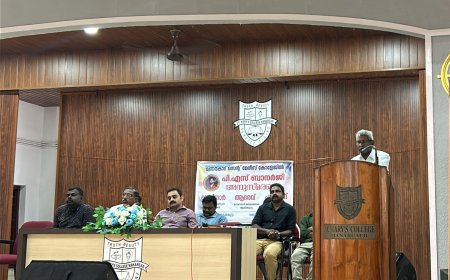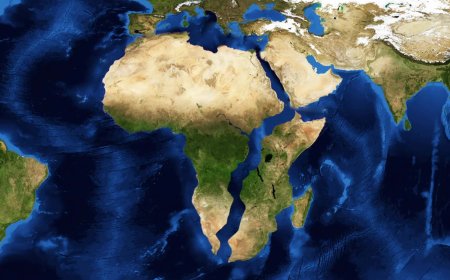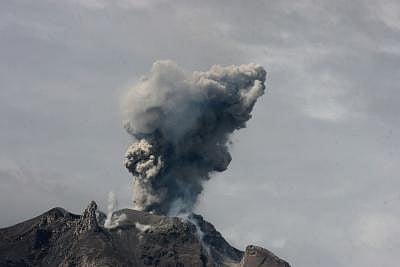Nasa probe’s tough, brutal encounter with the sun

THE Parker Solar Probe is a NASA mission launched in 2018 to study the Sun closely. It's the fastest man-made object ever, reaching speeds of 430,000 mph. The probe has come closer to the Sun than any other spacecraft.
The Solar Probe's primary objectives are to:
Understand how the Sun's corona is heated and how the solar wind is accelerated; study the dynamic nature of the Sun's coronal magnetic field and plasma; explore how solar energetic particles are accelerated and transported; and protect society from the threats of space weather.
The Probe's instruments include:
SPAN: Two sensors that map the movement of electrons into space to create a map of the solar wind;
Integrated Science Investigation of the Sun (ISʘIS): Identifies particles that move away from the Sun and their energies; and
Energy Particle Instrument (EPI): Two sensors that detect particles with different energies.
Parker Solar Probe’s closest and final flybys this week will complete the answers to the enduring questions and uncover new mysteries by exploring uncharted solar territory.
The Probe is plunging into our star's outer atmosphere, enduring brutal temperatures and extreme radiation.
It is out of communication for several days during this burning hot fly-by and scientists will be waiting for a signal, expected on 27 December, to see if it has survived.
The hope is the probe could help us to better understand how the Sun works.
The uncrewed spacecraft was expected to fly at 430,000 miles per hour (692,000 km per hour), which is fast enough to reach Tokyo from Washington, DC, in under a minute, according to NASA.
The speedy flyby would make the probe the fastest human-made object in history, the agency shared on December 16 during a NASA Science Live presentation on YouTube.
The mission has been building up to this historic milestone since it was launched on August 12, 2018 — an event attended by the probe’s namesake, Dr. Eugene Parker, an astrophysicist who pioneered the solar research field of heliophysics.
Parker was the first living person to have a spacecraft named after him. The astrophysicist, whose research revolutionized humanity’s understanding of the sun and interplanetary space, died at age 94 in March 2022. But he was still able to witness how the spacecraft could help solve mysteries about the sun more than 65 years after the mission was originally envisioned.
The probe became the first spacecraft to “touch the sun” by successfully flying through the sun’s corona, or upper atmosphere, to sample particles and our star’s magnetic fields in December 2021.
Over the last six years of the spacecraft’s seven-year mission, the Parker Solar Probe has collected data to enlighten scientists about some of the sun’s greatest mysteries.
Heliophysicists have long wondered how the solar wind, a constant stream of particles released by the sun, is generated as well as why the sun’s corona is so much hotter than its surface.
Scientists also want to understand how coronal mass ejections, or large clouds of ionized gas called plasma and magnetic fields that erupt from the sun’s outer atmosphere, are structured.
When these ejections are aimed at Earth, they can cause geomagnetic storms, or major disturbances of the planet’s magnetic field, that can affect satellites as well as power and communication infrastructure on Earth.
Scientists hope that as the spacecraft passes through our star's outer atmosphere - its corona - it will solve a long-standing mystery.
The mission should also help scientists to better understand solar wind - the constant stream of charged particles bursting out from the corona.
When these particles interact with the Earth's magnetic field the sky lights up with dazzling auroras.
But this so-called space weather can cause problems too, knocking out power grids, electronics and communication systems.
On December 24 at 6:40 am Eastern time, the spacecraft flew just 3.8 million miles from the Sun’s surface, breaking its own record and getting more than seven times closer than any previous mission, according to Space.com.
Parker’s mission is vital for understanding space weather and its potential impact on Earth. After its flyby, the spacecraft will be out of contact with Earth for several days, and scientists will anxiously wait for a signal on December 27 to confirm it survived the extreme conditions.
NASA scientists eagerly await the probe’s safe return to communication, hopeful that the historic mission will reveal new secrets about our star.

























































































